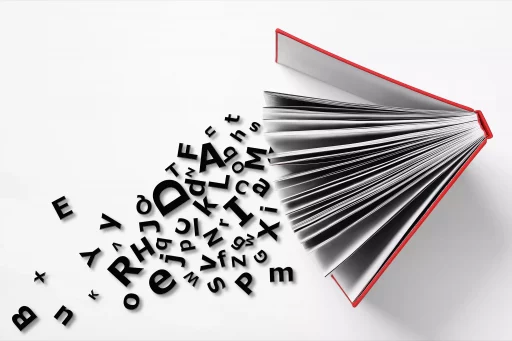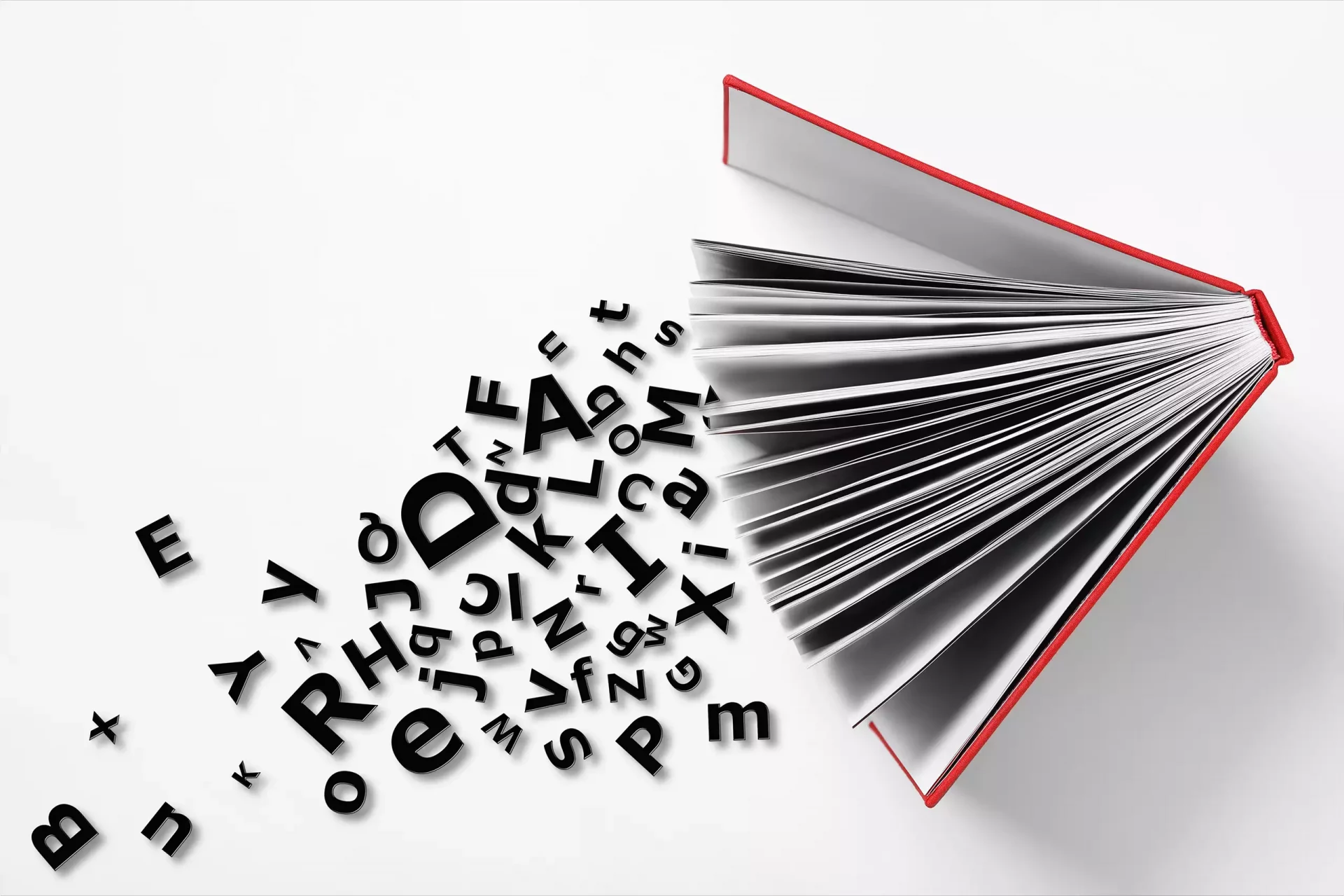Introduction
Golf is a sport steeped in tradition, etiquette, and rules. Among the many customs that define the game, the call of “fore” stands out as one of the most recognized yet often misunderstood aspects of golfing culture. This article delves into the origins, significance, and contemporary use of the term “fore” in golf.
The Origin of “Fore”
The term “fore” has its origins in the early 19th century, deriving from the word “before.” It was a warning cry used in various games, including golf, to alert others that a projectile, such as a golf ball, was headed their way. The practice likely started among Scottish golfers in the 1800s and has become an essential safety protocol on golf courses worldwide.
Why Is It Important to Say “Fore”?
In golf, safety is paramount. The reasons for shouting “fore” can be summarized as follows:
- Awareness: The call serves as an alert, informing players, caddies, and spectators to be cautious of an incoming ball.
- Preventing Injuries: Golf balls can travel at high speeds, reaching up to 160 miles per hour. A warning can prevent serious injuries.
- Respect and Etiquette: Yelling “fore” is part of golfing etiquette, showing respect for others on the course.
How to Use “Fore” Properly
Knowing when and how to use the call is crucial. Here are some guidelines:
- Timing: Say “fore” immediately after hitting the ball if you suspect it may stray off course.
- Volume: Project your voice loud enough to reach those who may be in harm’s way, but avoid yelling excessively; clarity is key.
- Direction: Indicate the ball’s direction if possible by pointing. This helps people know where to expect the incoming ball.
Real-World Examples and Case Studies
There have been numerous instances where the warning of “fore” significantly reduced the risk of injury. For instance:
- Case Study 1: The 2019 Masters Tournament saw golfer Brooks Koepka shouting “fore” when his shot went erratically off the fairway. Players in the vicinity ducked to safety, illustrating the importance of the call.
- Case Study 2: In 2020, a golfer struck his ball into the crowd at a local tournament. By yelling “fore,” he managed to alert spectators, minimizing injuries.
Statistics on Golf Injuries
While golf may seem like a safe sport, data suggests otherwise. According to a study conducted by the National Golf Foundation, golf-related injuries account for around 10% of reported sports injuries in the United States, underscoring the significance of safety measures such as yelling “fore.”
- Severity: Over 40% of these injuries occur from errant golf shots.
- Common Injuries: Injuries can include concussion, eye trauma, and other impact-related wounds.
- Prevention: Utilizing the call “fore” effectively can reduce the risk of such injuries.
The Evolution of “Fore” in Modern Golf
In the age of technology and advanced golf equipment, the philosophy of safety remains unchanged. With the introduction of GPS devices and ball-tracking technology, golfers are becoming increasingly aware of stray shots before they happen. However, the classic alert of “fore” remains an irreplaceable part of the game.
Conclusion
Understanding and utilizing the term “fore” is simply part of being a responsible golfer. It reflects a deeper appreciation for the game, its traditions, and the safety of fellow players. Whether you are a seasoned pro or a beginner, acknowledging the importance of this simple yet powerful word can greatly enhance the golfing experience.


